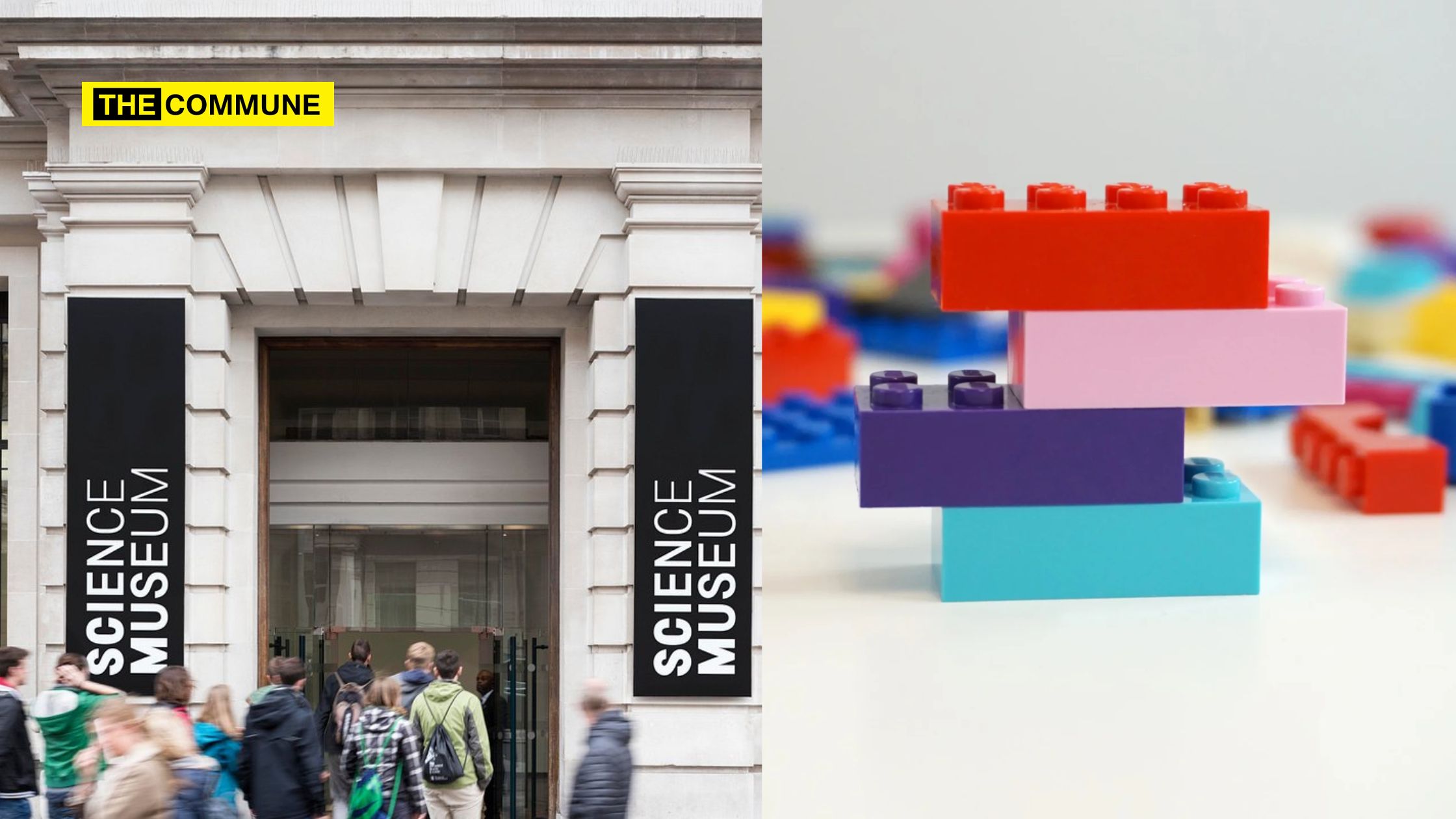
In a controversial move that has sparked widespread debate, London’s Science Museum has labeled Lego bricks as “anti-LGBT” in a self-guided tour focused on queer history and identities. The museum’s “Seeing Things Queerly” tour, developed by its Gender and Sexuality Network, claims that the popular plastic construction toys reinforce heteronormative ideas due to their design, which features “male” and “female” connecting parts.
According to an exclusive report by The Times, the museum’s guide describes Lego bricks as perpetuating the concept of heterosexuality as the societal norm. The tour states that the design of Lego bricks—where the protruding pins are referred to as “male” and the holes that receive them as “female”—is an example of “heteronormative language.” The guide further explains that this terminology reinforces the idea that “heterosexuality and the male/female gender binary are the norm, and everything that falls outside is unusual.”
The museum’s website elaborates on this claim, stating, “Lego bricks are often described in a gendered way. The top of the brick with sticking out pins is male, the bottom of the brick with holes to receive the pins is female, and the process of the two sides being put together is called mating.” It adds, “This is an example of applying heteronormative language to topics unrelated to gender, sex, and reproduction. It illustrates how heteronormativity shapes the way we speak about science, technology, and the world in general.”
Lego, a globally renowned toy brand, consists of interlocking plastic bricks that can be assembled in countless ways. The stud-and-tube design allows the pieces to connect seamlessly, making them a favorite among children, educators, and even engineers for prototyping. The terms “male” and “female” are commonly used in engineering and mechanics to describe components that fit together, such as pins and holes, without any reference to gender.
Critics of the museum’s claim argue that the interpretation is an overreach. They point out that the use of “male” and “female” in technical contexts is purely descriptive and has no connection to gender or sexuality. In mechanical and electrical engineering, for example, a “male” component refers to a pin or protrusion, while a “female” component refers to a hole or receptacle designed to fit it.
The museum’s stance has ignited a heated discussion online, with many questioning the rationale behind linking Lego bricks to LGBTQ+ issues. Supporters of the museum’s initiative, however, argue that it highlights how language and design can subtly reinforce societal norms, even in seemingly neutral contexts.
As debates over gender, language, and cultural norms continue to evolve, the Science Museum’s interpretation of Lego bricks serves as a reminder of how everyday objects can become focal points in broader discussions about identity and inclusivity.
For now, Lego has not issued a public response to the museum’s claims. The iconic toy brand remains a staple in households worldwide, celebrated for its creativity and versatility, regardless of how its design is interpreted.
(With inputs from OpIndia)
Subscribe to our channels on Telegram, WhatsApp, and Instagram and get the best stories of the day delivered to you personally.




